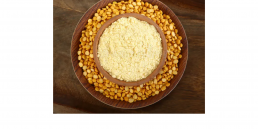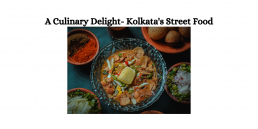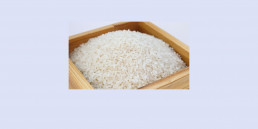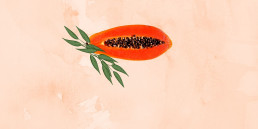Hi there,
How are you- my fellow readers??
Welcome back!!! I’m always excited to reach out to you all with my posts.
Let’s dive right in…
Indian Sweets
India is a country famous for its sweet dishes. Each ‘mithai’ has a different tale to narrate. Some of them are very simple to make, while others may take hours to reach perfection. A few well-known sweets are ‘Rasgulla,’ ‘Rabri,’ ‘Sandesh,’ ‘Laddu,’ and many more. These and the innumerable variety of sweets use sugar, jaggery, dry fruits, softened cottage cheese (also known as ‘chenna’) as the base for preparation.
These food items are an integral part of Indian culture and systems. But, what fascinates me the most is that many of them are not originally part of the Indian cuisine. Foreign invasions have been a common occurrence in Indian History. And each time, the intruders have left their mark on us. As a result, our society has imbibed many of their mannerisms, dishes, and food preparation methods.
The Indian Cuisine blog post will give you an insight into the expanse of food concerning the Indian Subcontinent.
As for this post, I promise – as you read it, your cravings for this sweet dish will only increase as it did for me while writing.
So, are you ready?
Today we will throw light on the tasty, delicious, and one of the sweetest ‘mithai’-
Gulab Jamun- gol means flower, ab implies water, and Jamun is for the Black Plum.
A few believe that the fritters in the Gulab Jamun had been introduced to the Indian palate by the Central Asian Turkic intruders. Another exciting story is that it was an unexpected and accidental discovery at Emperor Shah Jahan’s kitchen. The Gulab Jamun bears similarity to the well-renowned dessert from Arab lands called Luqmat-al-Qadi. Some theorists and historians opine that the Gulab Jamun and Luqmat al-Qadi both have Persian heritage – one of the many theories circulating regarding the origin of this enjoyable dish.
Anyway, let us set aside this debate and discuss this utterly delightful sweet dish a bit more.
It is not only the Indian terrains; neighboring countries like Pakistan and Bangladesh enjoy this lip-smacking delicacy.
What can a quest for knowledge do to a person!!! So, in my research, some fun facts came to the forefront.
One of them being that in North India and Pakistan, the name is Gulab Jamun. But in West Bengal, it is referred to as Gulap Jamun, Pantua, and Kalo Jam (which is entirely black). The names are different. Experts emphasize that there are alterations in the batter too. But the basic fact remains that one dish has so many variations, tastes, and color to it. One style consists of round balls. The other is oblong or cylindrical. Such is the specialty of Indian cooking. The level of sweetness varies depending on the chef who is making the Gulab Jamun.
Gulab Jamun Preparations- Work of Art
It is prepared in two ways- One using khoa and the other with milk powder. The former is the traditional way of cooking. In comparison, the powder makes cooking faster.
Khoya can be homemade made, but it is a grueling and tedious process. However, ready-made ones can make life easier—first, the khoya aids to create a soft and smooth dough. Once done, the dough is divided into small balls. We have to ensure no cracks appear on the surface, as they may cause the fritters to burst upon frying. These small balls need to be fried on a medium flame till they turn deep brown. Then, on the same flame, we cook a mix of rose water, cardamom, and ‘kewra’ in sugary water. The fried balls are immersed in this preparation for a couple of hours. The reason being the balls absorb the liquid and settle to the bottom of the mix. They also acquire their flavor from syrup.
The Gulab Jamun can be served piping hot or cool according to preference. And fine-cut almonds can be used as a garnish.
Gulab Jamun is a popular dessert at Indian Weddings. And it is a must during Eid ul Fitr too. But, all those with a sweet tooth often fight over the last bite.
Gulab Jamun & Me
I remember the time when we purchased Gulab Jamuns from a very famous shop. The piping hot balls were a delight to have. Guests would swoon over them and exclaim at every bite. Some of our very close relatives would order in bulk and distribute them amongst family and friends. The regular joke we all shared was that we should be part of the supply chain for that shop. Since every month, we already had a sizeable order to place.
Anyway, so much for Gulab Jamuns.
But stay tuned to my blog for such fantastic information. I was baffled at the extent and expanse of the amalgamation of different cuisines in the Indian Culture.
And I do sincerely hope that you all are enjoying reading…
Your feedback is precious and is always welcome.
So do drop in a comment in the comment section below👇👇👇👇 .
That’s me signing off…
bbye for now…
Stay Safe
Follow us










Wonderful read. Loved it. Waiting for more
Hi Mrinalini..
Thank you so much for your feedback!!! Really appreciate it.
Happy Reading!!!!